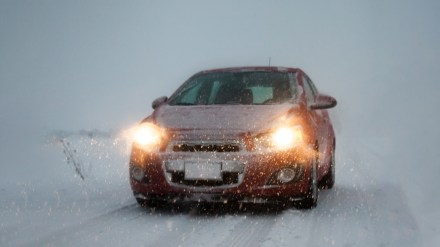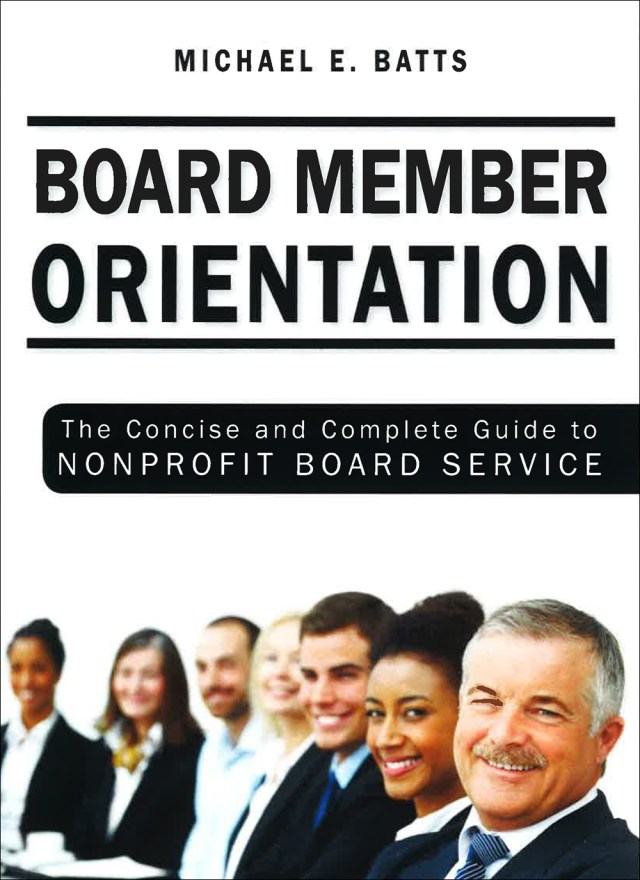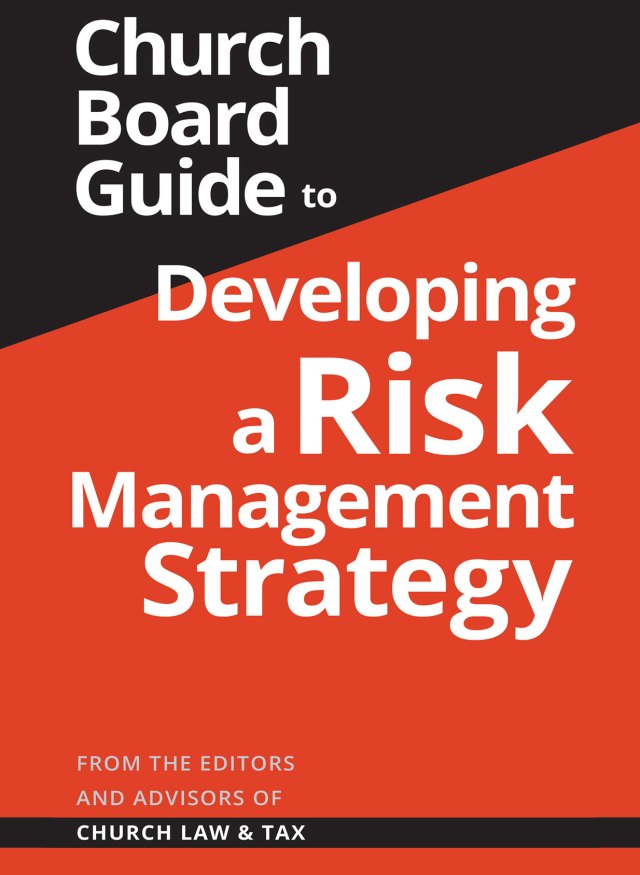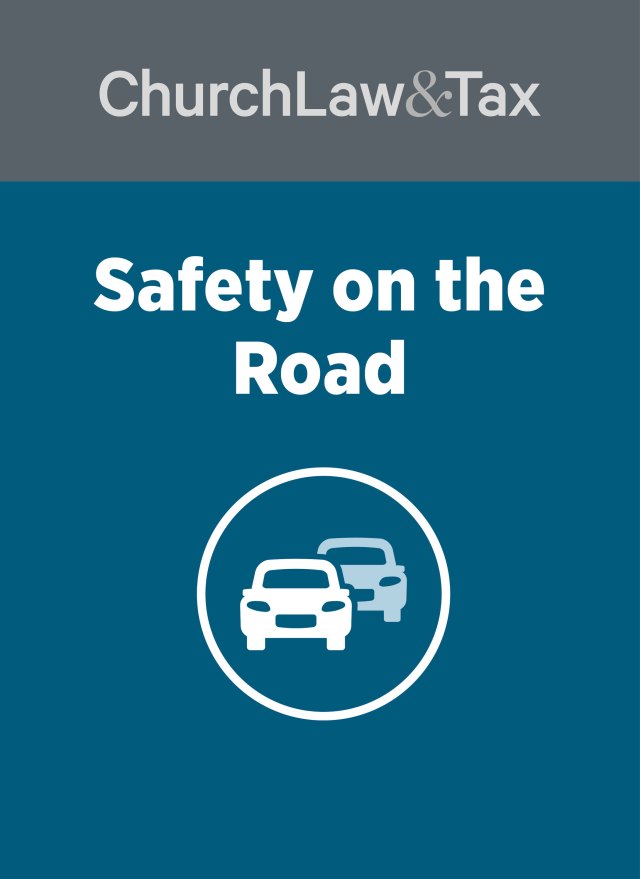Winter weather increases driving risks. Churches that sponsor winter trips should use a written checklist for the driver and vehicle and have an emergency plan in place if a problem should occur.
Individuals who regularly drive church or school vehicles during cold weather should receive specialized driver’s training. Others who volunteer or who drive on a limited basis should follow a written checklist and understand church or school policies on how to respond to an emergency.
Before departing, examine the vehicle, fluid levels (oil, antifreeze, windshield washer), tires, and check to see that all emergency equipment is accounted for (see below). Make sure the spare tire is in good repair and that a jack is present. It is also a good idea to have a portable 12 volt air pump as well as a spare set of keys which are kept by a second person. As a standard policy, vehicles should be properly serviced prior to a trip and always begin with a full tank of gas both coming and going. Fill up with gas as soon as you arrive at your destination to avoid ice in the tank.
If more than one vehicle is being used for the trip, stay in visible contact with one another once you are on the road. Obtain a weather report before departing. Schedule driving during daylight hours and use major roads. Don’t try to save time by using secondary roads. Have a designated person to contact if a problem should arise. Drivers should wear sunglasses to cut down on glare.
Conditions can become hazardous rapidly, and all vehicles should have equipment such as blankets, flashlight with fully charged batteries, a cell phone, shovel, windshield scraper and brush, flares, water proof matches, tool kit, booster cables, tow-line, a knife, bag of sand, portable radio, a red distress flag, maps, and emergency rations. It is best to create an emergency kit in a sturdy, easy to carry container that contains most of these items.
If driving conditions become so hazardous that it is unsafe to continue, or if the vehicle becomes disabled, pull off the road to the safest location possible. Turn on the flashing hazard lights, and set up flares and other warning markers. Place the distress flag on the antenna or hang it out the window. Remain in the vehicle and wait for help unless a building is clearly visible and which you can reach safely on foot. Use your cell phone to call 911. Do not wander off in extremely cold weather or in a snowstorm. While waiting in the vehicle, drivers must stay alert to the possibility of carbon monoxide poisoning if the engine is left running to generate heat. Generally, the engine should run about 10 minutes per hour. Keep a window slightly cracked while the engine is running to get a fresh supply of air, and make sure the tail pipe does not become clogged with snow. If the wind is blowing, make sure that the exhaust is not blowing into the vehicle. Exercise to stay warm. At least one person should stay awake at all times.
In summary, be sure to:
- Check that individuals who regularly drive church or school vehicles during cold weather have received specialized driver’s training.
- Check that individuals who drive in cold weather are receiving a written checklist to use before and during the trip to enhance safety.
- Before departing, examine the vehicle, fluid levels (oil, antifreeze, windshield washer), tires, and check to see that all emergency equipment is accounted for such as the following:
- blankets
flashlight with fully charged batteries
a cell phone
shovel - windshield scraper and brush
- flares
- water proof matches
- tool kit
- booster cables
- tow-line
- a knife
- bag of sand
- portable radio
- a red distress flag
- maps
- emergency rations
- first aid kit
- blankets
- Make sure the spare tire is in good repair and that a jack is present.
- Have the vehicle properly serviced prior to a trip and always begin with a full tank of gas both coming and going.
- Fill up with gas as soon as you arrive at your destination to avoid ice in the tank.
- If more than one vehicle is being used for the trip, stay in visible contact with one another once you are on the road.
- Obtain a weather report before departing.
- Schedule driving during daylight hours and use major roads.
- Don’t try to save time by using secondary roads.
- Have a designated person to contact if a problem should arise.
- Drivers should wear sunglasses to cut down on glare.
If the vehicle becomes disabled or must be pulled off the road:
- If driving conditions become so hazardous that it is unsafe to continue, or if the vehicle becomes disabled, pull off the road to the safest location possible.
- Turn on the flashing hazard lights, and set up flares and other warning markers. Place the distress flag on the antenna or hang it out the window.
- Remain in the vehicle and wait for help unless a building is clearly visible and which you can reach safely on foot. Use your cell phone to call 911.
- Do not wander off in extremely cold weather or in a snowstorm.
- While waiting in the vehicle, drivers must stay alert to the possibility of carbon monoxide poisoning if the engine is left running to generate heat.
- Generally, the engine should run about 10 minutes per hour.
- Keep a window slightly cracked while the engine is running to get a fresh supply of air, and make sure the tail pipe does not become clogged with snow.
- If the wind is blowing, make sure that the exhaust is not blowing into the vehicle. Exercise to stay warm.
- At least one person should stay awake at all times.





